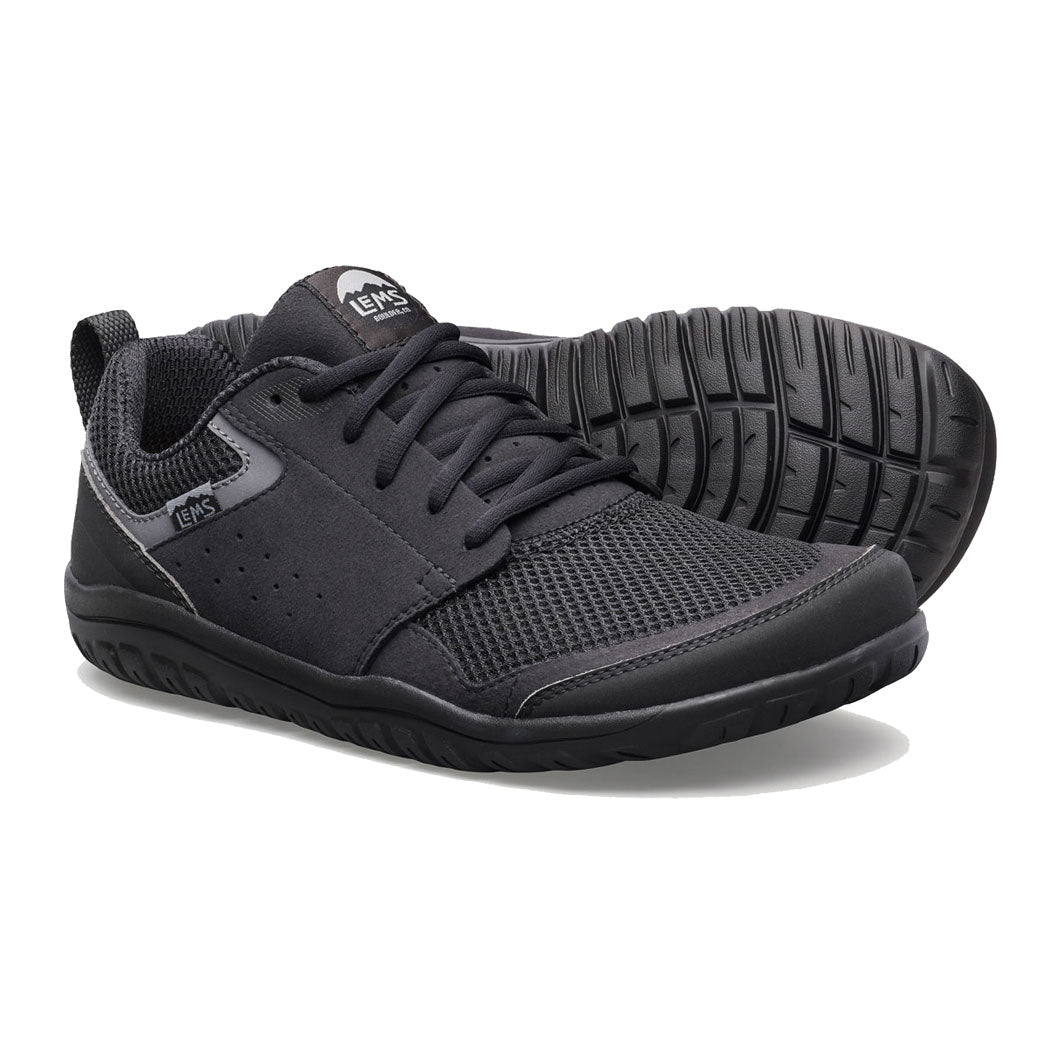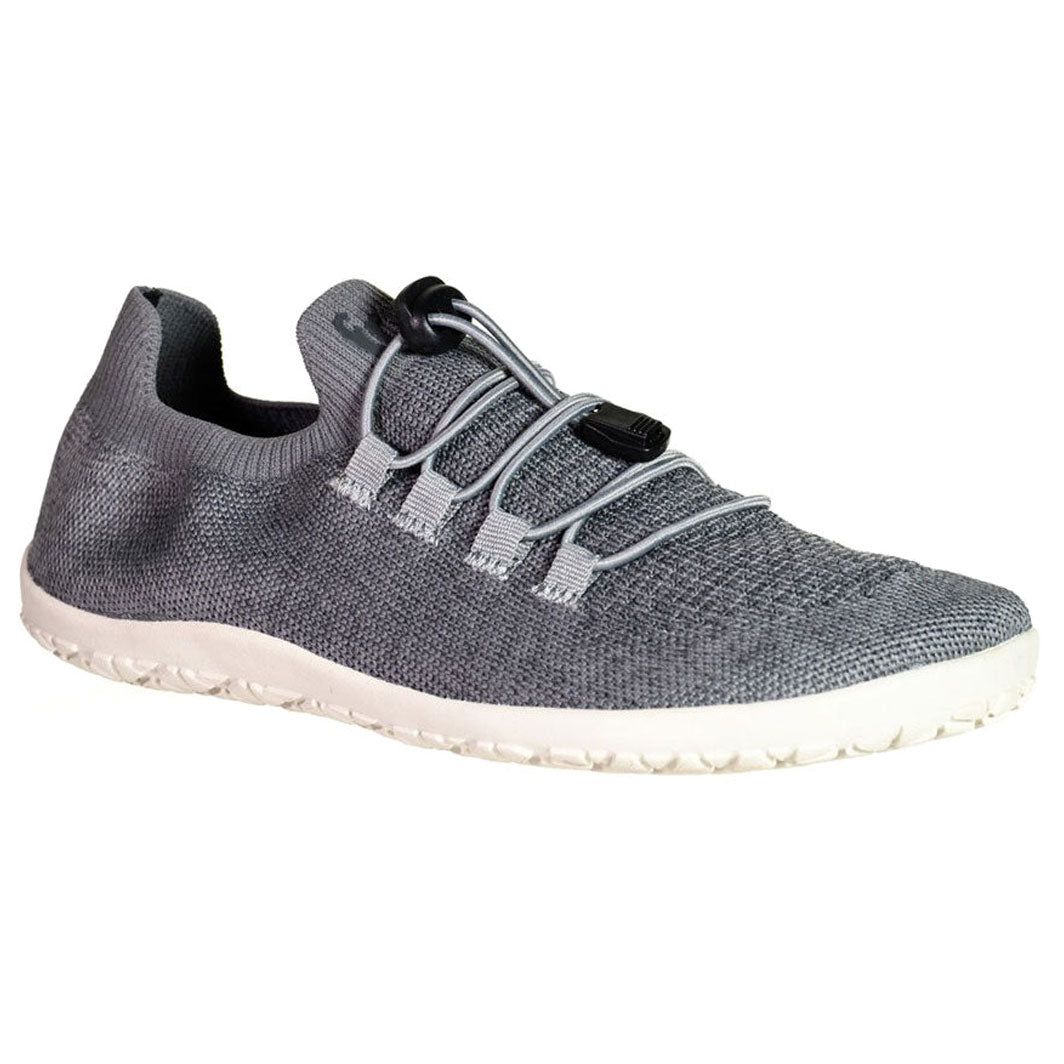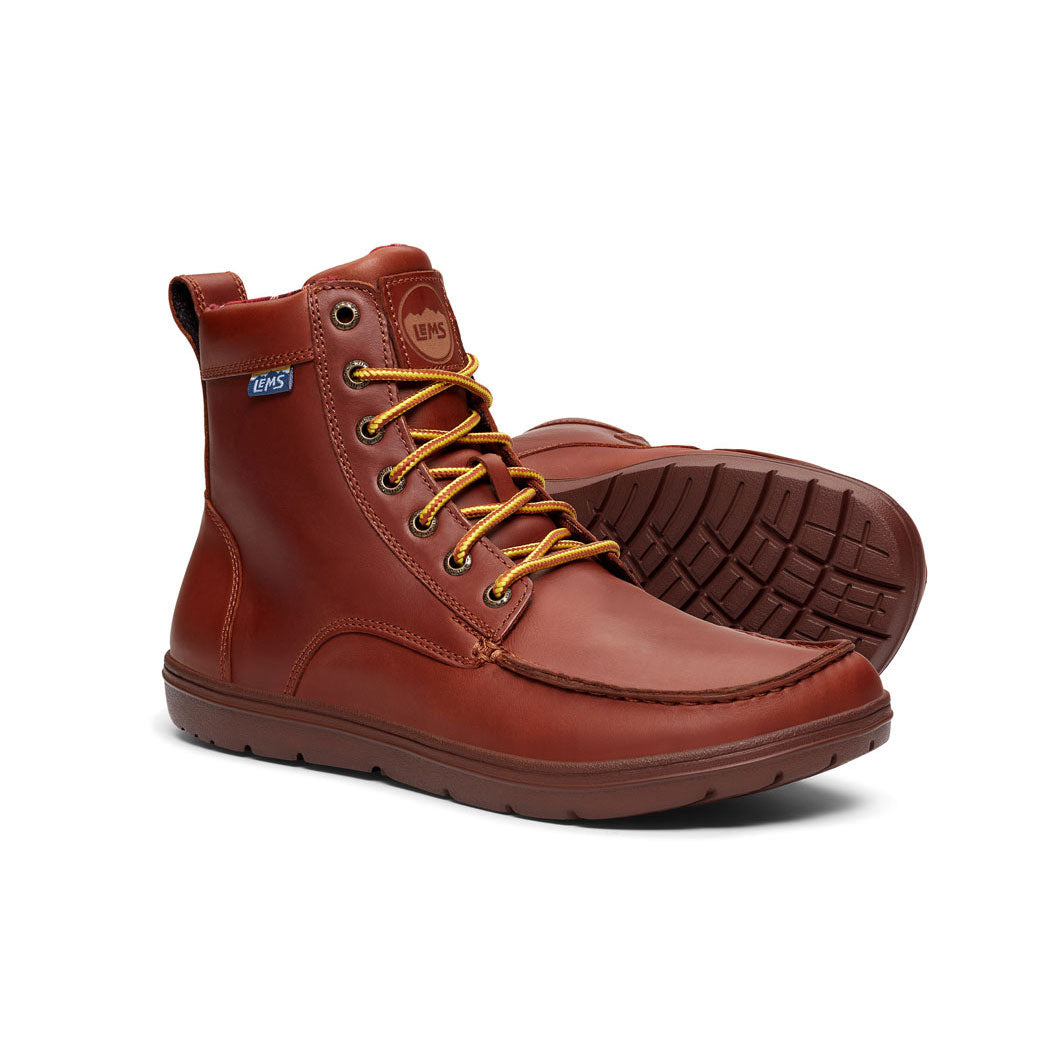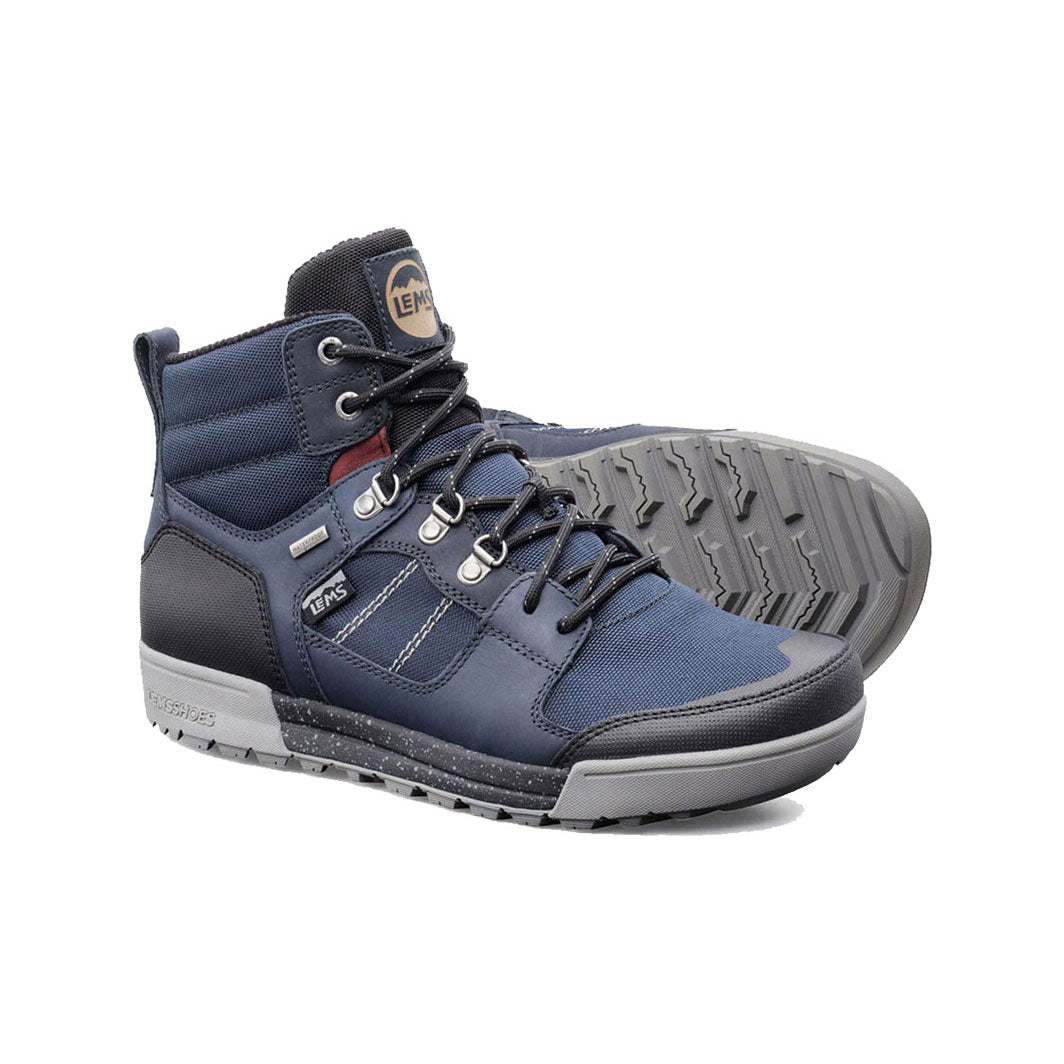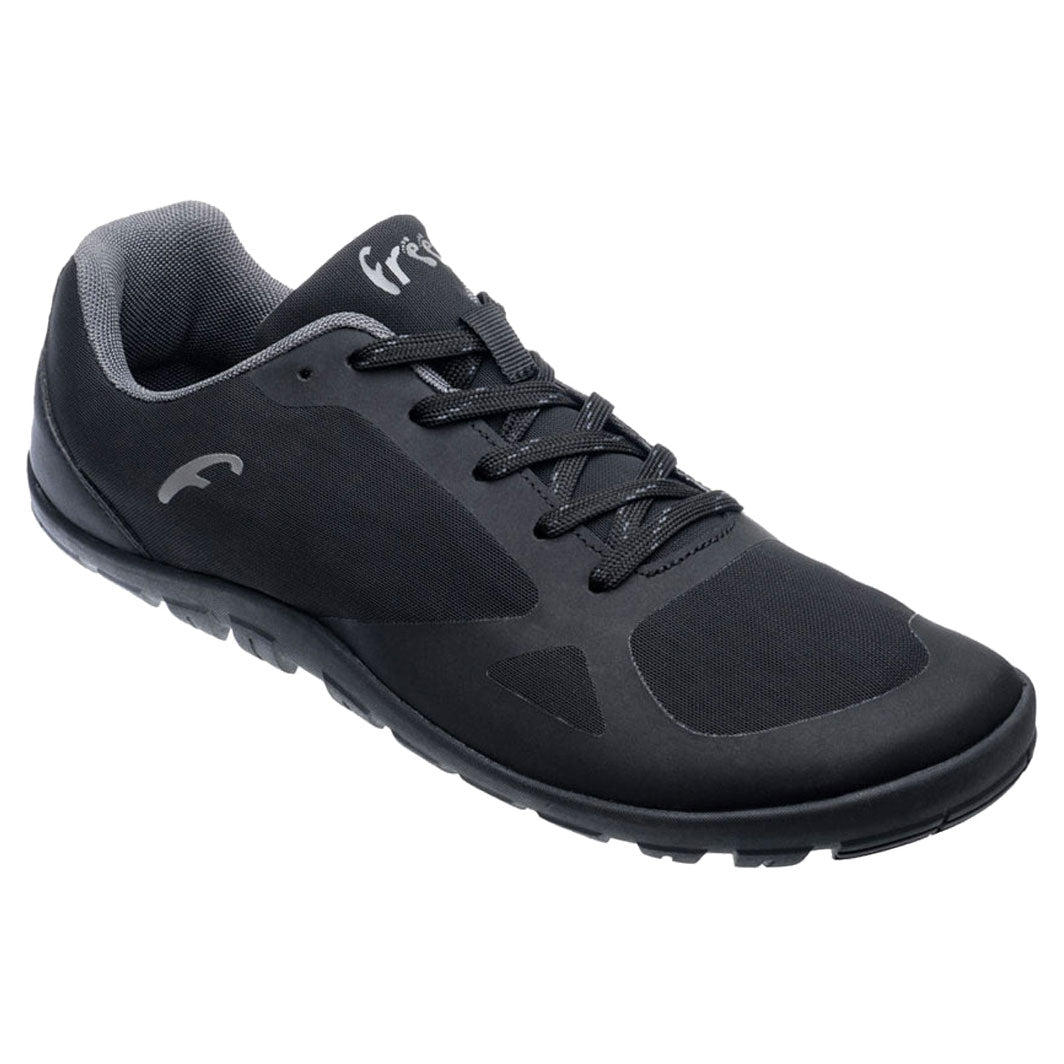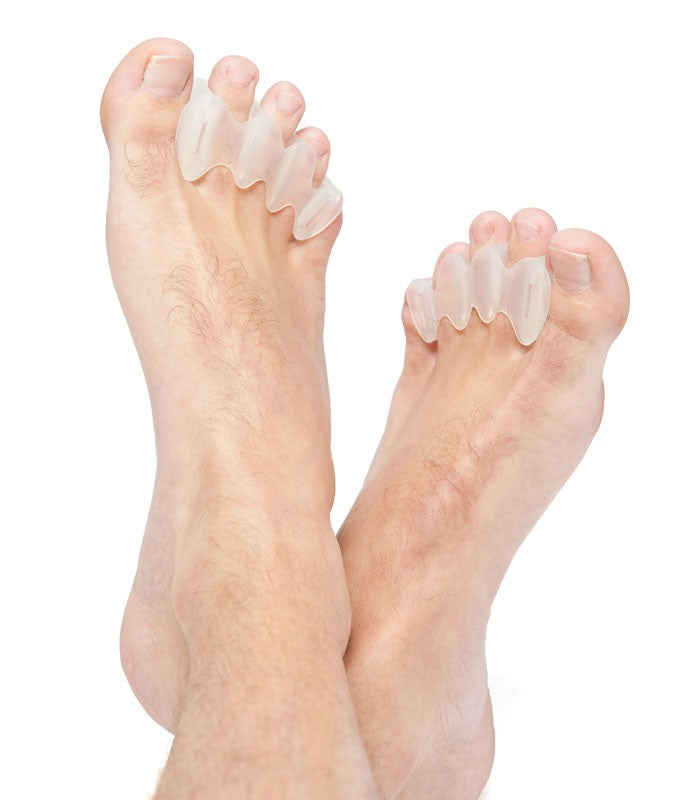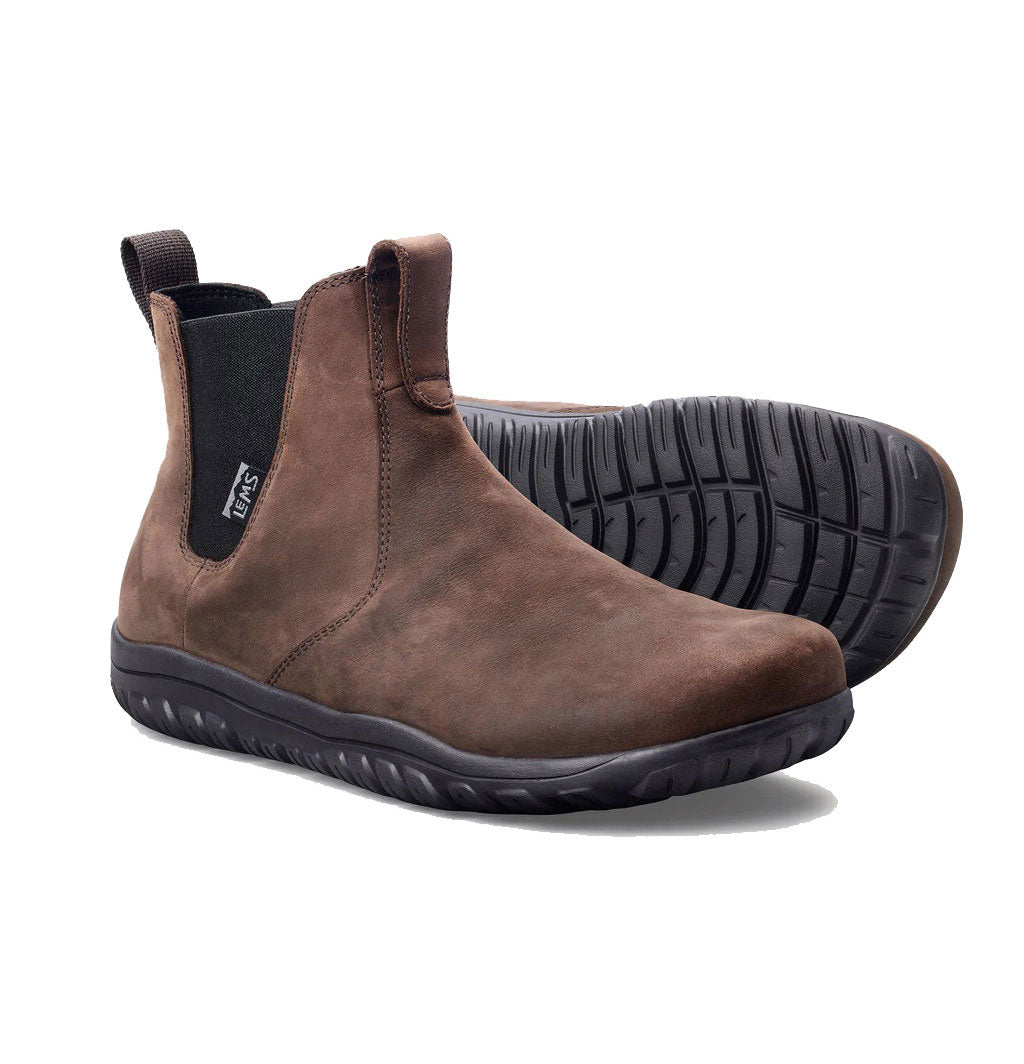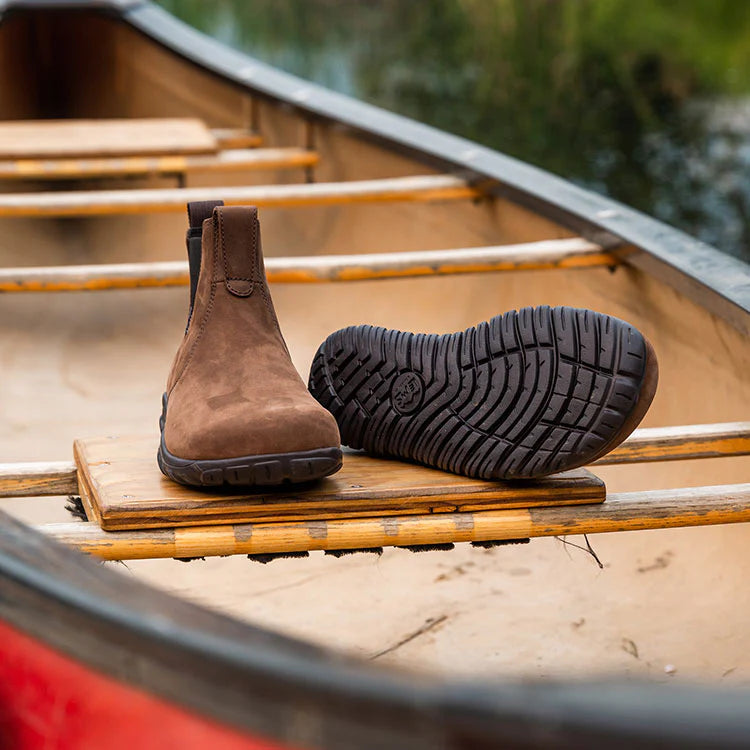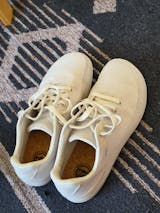Reconnect With Nature—Starting From Your Feet
If you're an avid hiker, you've likely tried various hiking boots that promise support, cushioning, and grip. But what if the very features you think protect your feet are doing more harm than good?
Barefoot hiking shoes offer a radically different approach—one that empowers your feet to move as nature intended. In this article, we explore the benefits of barefoot hiking shoes, how they compare to traditional hiking boots, and why they're a game-changer for outdoor enthusiasts.
What Are Barefoot Hiking Shoes?
Barefoot hiking shoes are designed to mimic the natural feel of walking barefoot while providing enough protection from rough terrain. Unlike traditional hiking boots that often restrict foot motion, barefoot shoes feature:
-
Zero-drop soles (no height difference between heel and toe)
-
Wide toe boxes for natural toe splay
-
Thin, flexible soles that enhance ground feel and balance
-
Lightweight and minimalist designs that reduce fatigue
These features allow your feet to function the way they were designed to—strengthening muscles, improving posture, and enhancing proprioception.
Why Use Barefoot Hiking Shoes?
1. Natural Foot Function and Strength
Most traditional hiking boots restrict your feet in a rigid shell. This may prevent ankle movement, limit toe mobility, and weaken foot muscles over time. Barefoot hiking shoes, on the other hand, encourage your feet to move freely, building strength and resilience.
Did you know? Research shows that walking in minimalist footwear can increase foot muscle strength by over 60% within months.

2. Improved Balance and Stability on Trails
With barefoot hiking shoes, you're closer to the ground—literally. This enhanced ground feel helps you make micro-adjustments with every step, leading to better balance and stability, especially on uneven or rocky terrain.
3. Better Posture and Alignment
Traditional boots with raised heels can tilt your posture forward, throwing your alignment off. Barefoot shoes promote a neutral posture from the ground up, which can relieve pressure on your knees, hips, and lower back over long treks.
4. Lightweight for Long Hikes
Less bulk means less energy spent. Barefoot hiking shoes are typically lighter than traditional hiking boots, which can reduce fatigue over multi-day hikes or long trail runs.
5. Increased Sensory Feedback
Thin, flexible soles let your feet "read" the trail beneath you. This sensory feedback, or proprioception, improves reaction time and enhances your connection with the terrain, making you a more aware and responsive hiker.
Comparing Barefoot vs. Traditional Hiking Boots
|
Feature |
Traditional Hiking Boots |
Barefoot Hiking Shoes |
|
Heel-to-Toe Drop |
Raised heel |
Zero-drop |
|
Toe Box |
Narrow, tapered |
Wide toe box |
|
Sole Thickness |
Thick and rigid |
Thin and flexible |
|
Ground Feel |
Limited |
High |
|
Muscle Engagement |
Minimal |
Encourages full engagement |
|
Weight |
Heavier |
Lightweight |
|
Posture Support |
Artificial support |
Natural alignment |
|
Foot Strength |
Decreased over time |
Improved with use |
Who Should Try Barefoot Hiking Shoes?
Whether you're a beginner hiker or a seasoned mountaineer, barefoot hiking shoes offer benefits for various users:
-
Day hikers who want lightweight comfort
-
Trail runners who crave more sensory feedback
-
Backpackers looking to reduce gear weight
-
Minimalist lifestyle seekers wanting full-body alignment
-
People with foot pain who want to explore more natural options
How to Transition to Barefoot Hiking Shoes Safely
It's important not to rush the transition. Follow these tips:
-
Start slow – Begin with short, flat trails to let your muscles adapt.
-
Strengthen your feet – Do foot exercises regularly. Check out our blog on foot strengthening tips to get started.
-
Alternate footwear – Ease into barefoot hiking by switching between minimalist and traditional shoes at first.
-
Listen to your body – Some soreness is normal, but pain isn’t. Go at your own pace.

Best Barefoot Hiking Shoes for Men and Women
At Bprimal, we offer a wide range of barefoot hiking shoes designed for natural movement and durability.
🔗 Shop Men’s Barefoot Hiking Shoes
From rugged trails to off-grid adventures, our men's hiking collection supports your feet every step of the way. Lightweight yet durable, each pair promotes freedom and function in every stride.
🔗 Shop Women’s Barefoot Hiking Shoes
Designed with comfort and natural performance in mind, our women's barefoot hiking shoes help you explore the outdoors while supporting healthy foot function.
You’ll find models made from eco-friendly materials, water-resistant uppers, and soles engineered for traction and flexibility.
What to Look for in a Quality Barefoot Hiking Shoe
When choosing the right pair, consider:
-
Fit: Ensure there's room for your toes to splay.
-
Sole Thickness: Thinner soles offer more ground feel; thicker ones offer more protection.
-
Grip: Look for trail-specific outsoles with good traction.
-
Water resistance: Useful for hiking in unpredictable weather.
-
Durability: Choose high-quality, well-stitched shoes for long-term use.
Final Thoughts: Let Your Feet Lead the Way
Barefoot hiking shoes are more than a trend—they’re a return to how we were meant to move. They offer a host of benefits: improved foot strength, posture, balance, and trail performance. Whether you’re searching for a more natural hiking experience or exploring ways to improve foot health, barefoot hiking shoes are worth the step forward.
🌿 Ready to make the switch?
Explore our full range of barefoot hiking shoes at Bprimal and take the first step toward healthier, happier hikes.






